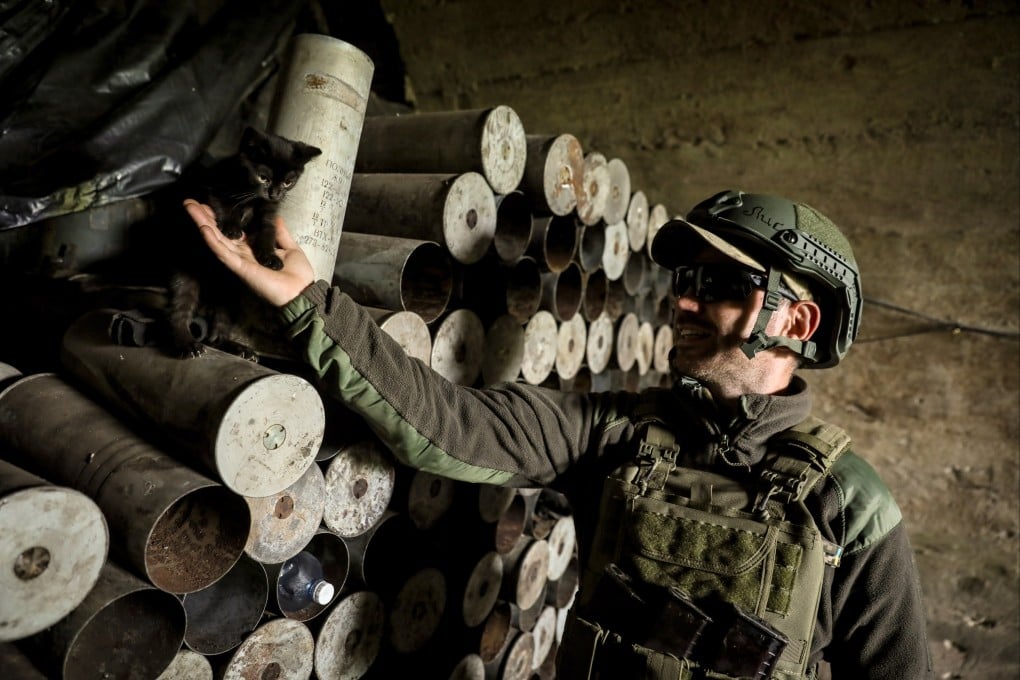Advertisement
Opinion | In Ukraine’s war of attrition, can Kyiv depend on the West to supply the arms?
- The West is struggling to keep up war supplies to Ukraine while Russia digs in and drags it out, knowing it has more ammunition
- Without parity in military industrial output, supporting Ukraine means squandering Western military resources, with Ukraine ultimately becoming a burden
Reading Time:3 minutes
Why you can trust SCMP
39

Ukraine is embroiled in a war of attrition against its Russian invaders that is reminiscent of the first world war. For the summer campaign, while Ukraine sent its soldiers to Nato countries for training, Moscow dug down, literally – constructing old-fashioned trenches and fortifications.
Advertisement
In a war of attrition, the most important factors are the numbers of soldiers and artillery. Right now, the ratio of Ukraine’s artillery to Russia’s is calculated as anything between 1:10 and 1:3, depending on where you look. In digging in, Russia’s tactical shift has made the pace of war sluggish. Despite reports of Russia also experiencing a shortage of ammunition, it still has far more of it than Ukraine.
This is an essential advantage for Russia – and a critical challenge for Ukraine. It simply lacks the quantity of weapons fundamental to winning a war of attrition. Essentially, Ukraine is caught up in a supply chain race against Russia. Ukraine is depleting its ammunition at an extraordinary pace while Russia has a much larger military industrial output.
Estimates vary but the Eonomist reported earlier this year that the Ukrainian military was using around 180,000 artillery shells per month; before the conflict, the United States probably produced around 40,000 shells per month. Recognising the need to replenish dwindling stockpiles, the US has responded swiftly by increasing domestic production and investing in expanding capacity in hope of reaching 90,000 rounds per month.
As suggested by General Richard Barrons, a former commander of the British Joint Forces Command, it is crucial to acknowledge that Russia is well-informed about the circumstances. Ukraine’s primary vulnerability stems from its reliance on Western supplies and industries.
Advertisement
But the current production capacity of US factories is hardly enough to prevent the depletion of stockpiles of critical supplies being provided to Ukraine. As The Washington Post noted, despite accelerated production, it would take an estimated five years at least to replenish the inventory of sought-after items such as Javelin anti-tank missiles and Stinger surface-to-air missiles (both proven to be effective thus far) and other logistical needs for the war effort. While Russia also faces production issues, it still has capacity.

Advertisement
